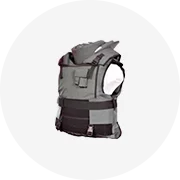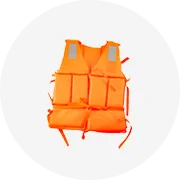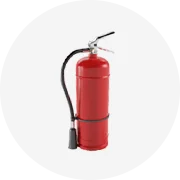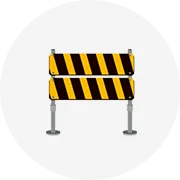
Pelican Zebra Crossing Solar Wireless Crosswalk Pedestrian Push Button LED Traffic Signal Light System








Traffic light systems are integral to urban infrastructure, guiding vehicular and pedestrian traffic to ensure safety and efficiency on the roads. These systems encompass a range of components from the lights themselves to the supporting technology and power sources that keep them operational.
Traffic signal controllers are the brains of the traffic light system, determining the timing and coordination of signals. Intersection traffic lights manage the flow at road junctions, while pedestrian signals provide safe crossing opportunities for foot traffic. Specialized types, such as bicycle traffic lights, cater to cyclists, integrating with urban bike lanes and paths.
Modern traffic light systems utilize LED technology for its low energy consumption and longevity, significantly reducing maintenance intervals. The construction of these systems often involves durable materials like high-strength iron for poles and robust plastics or glass for the light casings, ensuring resilience in various weather conditions.
Sustainability is a key consideration in traffic light systems, with many incorporating solar-powered traffic lights to harness renewable energy. This not only provides an eco-friendly power solution but also ensures functionality during power outages, making solar options an increasingly popular choice.
LED-based traffic light systems offer several advantages, including enhanced visibility due to the bright and direct light they emit. Their energy efficiency translates into cost savings over time, and their reduced heat output contributes to a lower environmental impact.
The physical design of traffic light systems prioritizes stability. With thick, stable bases and high-strength support structures, these systems are built to withstand the rigors of outdoor environments, from high winds to varying temperatures, ensuring continuous operation.